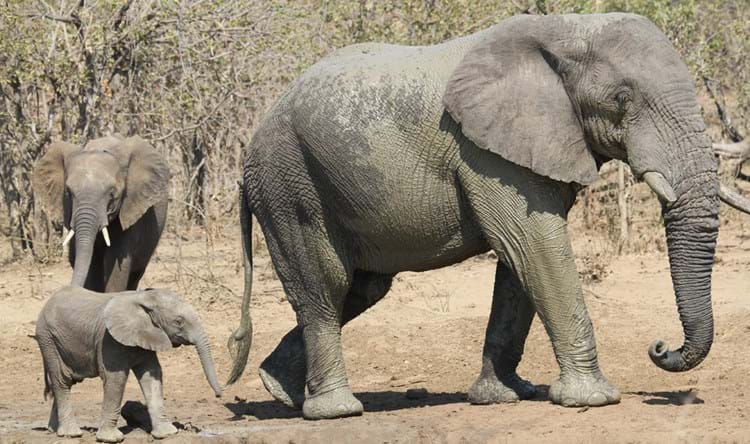The report that there had been "a steady decline in poaching levels since its peak in 2011, and the analysis from 2016 concludes that overall poaching trends have now dropped to pre-2008 levels”.
Marco Forgione, chief executive of dealer body BADA, said: “We welcome the CITES report’s findings and its indication that the current actions being taken internally in Africa are having a significant impact on the detestable poaching of elephants.”
Auctioneer body SOFAA board member Jeremy Lamond said: “I welcome the effort in preventing the trade in modern ivory poaching. Nothing is more distressing in animal conservation terms than the deliberate killing of endangered species for profit.”
Rebecca Davies, outgoing chief executive of LAPADA, echoed these sentiments. “It is incredibly welcome news that we are finally seeing a decrease in poaching of the African elephant and it demonstrates that the stricter controls put into place with regards to modern ivory are starting to have an effect,” she said.
All three trade bodies have been centrally involved in BAMF negotiations with the government to preserve the trade in antique ivory.
Suspected panic selling
At the same time, CITES reports that a record amount of modern poached, trafficked ivory, some 40 tonnes, was seized last year. Observers believe this may be due to panic selling off as domestic markets for modern ivory are closed.
CITES reports that illegal killing of elephants in east Africa had dropped back to 2008 levels, numbers in southern Africa are stable or increasing but that in central Africa, incidences of killing remains high.
John Scanlon, CITES secretary general, said: "The global collective effort that is underway is starting to reap positive results, but we are certainly not there yet," Scanlon said.






